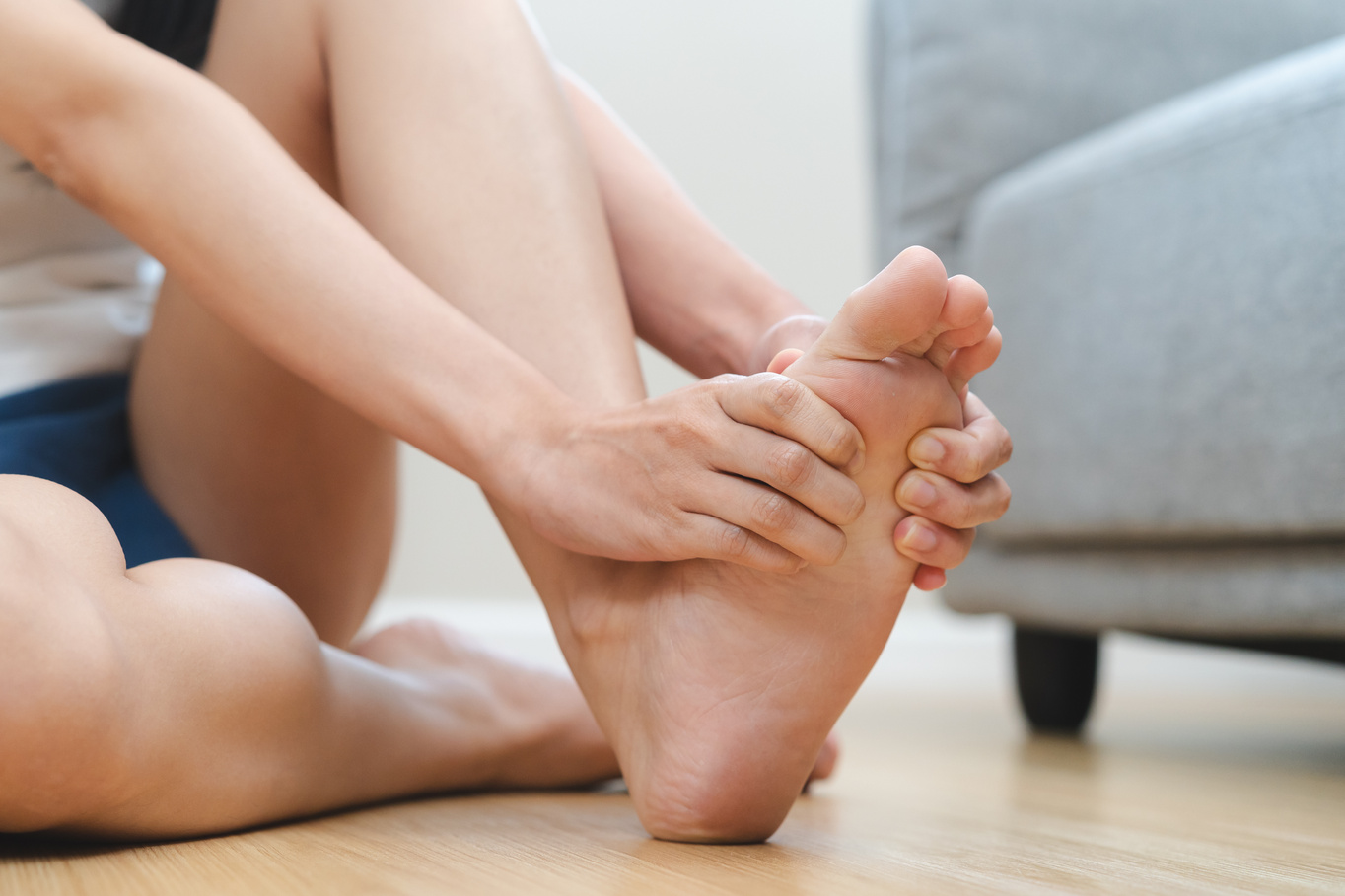Spinal Stenosis reduces the space around the spinal cords. When the space around the spinal cords narrows, it is a situation of spinal stenosis. It can occur in any body part, mainly in the lower back.
When the space narrows down, it can pressure the spinal cords and nerves around the spines. Spinal stenosis mainly occurs due to wear and tear, and therefore, you must be mindful of the symptoms to cure it at the initial stage. In Savannah, you can find various back spine surgeries to diagnose the issue. Once you feel the symptoms, visiting back spine surgery Savannah to tackle the problem under expert facilities is better.
What are the Causes of Spinal Stenosis?
Spinal bones are in a series from skull to tailbone, and it protects the spinal cord that runs from the spinal canal. Some people are born with a small spinal canal, which is the opening of the spinal cord. Spinal stenosis occurs when the space around the opening of the spine reduces.
- Herniated Disc: Disc is the soft cushion structure that protects and acts as the shock absorber for the spinal cords. A leak in this cushion-like structure puts pressure on the spinal cords, and the space reduces around the cords.
- Bone Spurs: When there is wear and tear of bones due to arthritis, there is one extra bone that grows on the spine, and it is known as a bone spur. This bone spur pushes the spinal canal; thus, the space narrows down, leading to spinal stenosis.
- Injuries on Spines: Trauma incidents like car accidents or falling from high areas can cause injuries in the spines and break the bone. Swelling, surgery, and breakage can push the spines and reduce the space around the cord.
- Thick Ligaments: The cords that hold the bones can become thick and ultimately push the spinal canal.
- Tumor: It is rarely seen that a tumor is found in the spinal region. However, some people face this problem leading to spinal stenosis.
What are the Symptoms of Spinal Stenosis?
- Pain in the legs if the stenosis is in the lower back.
- Back pain and problems while bending forward.
- The stenosis in the neck can cause numbness and weakness in the arms, legs, or feet.
- Neck pain
- Bowel and Bladder issues.
The major risk of spinal stenosis is for people over 50 years. This issue is less likely among young people except in traumas or people with scoliosis. People from Savannah can easily diagnose the problem and take precautions to solve it at any of the back spine surgery Savannah.




